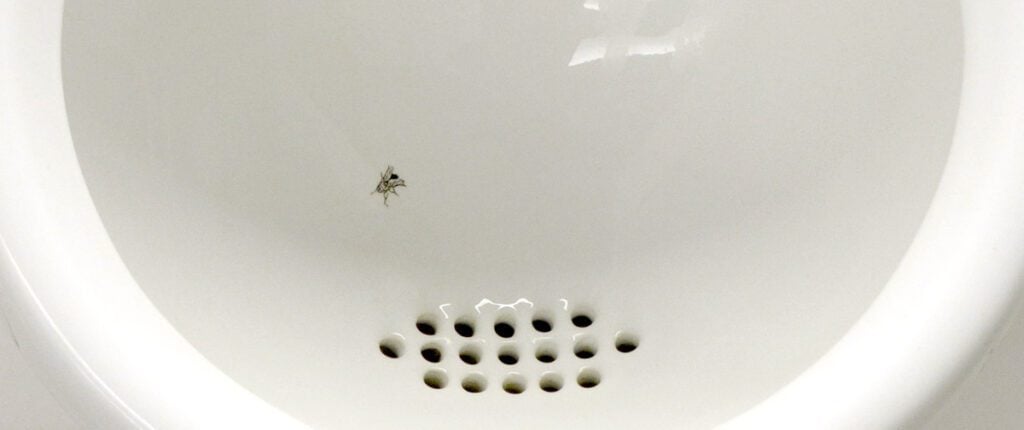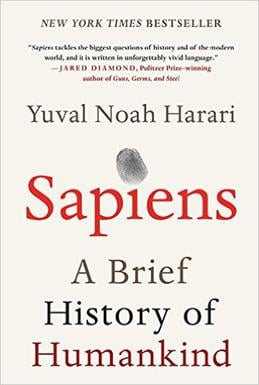In an Attempt to Reduce the Cleaning Costs, an Airport in Amsterdam Installed a Picture of a Fly in the Urinals So Guys Can Aim at It and Avoid Splashing.
Cost-cutting is crucial for all airports and airlines, particularly in the current market. Over the years, many cost-cutting initiatives have been implemented, but this outdated one from Amsterdam Schiphol must rank among the most unexpected. The airport calculates that adding a fly image to urinals has resulted in an 8% reduction in cleaning expenses. But […]


